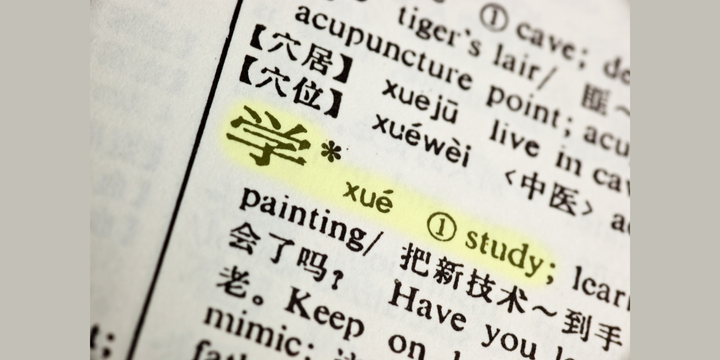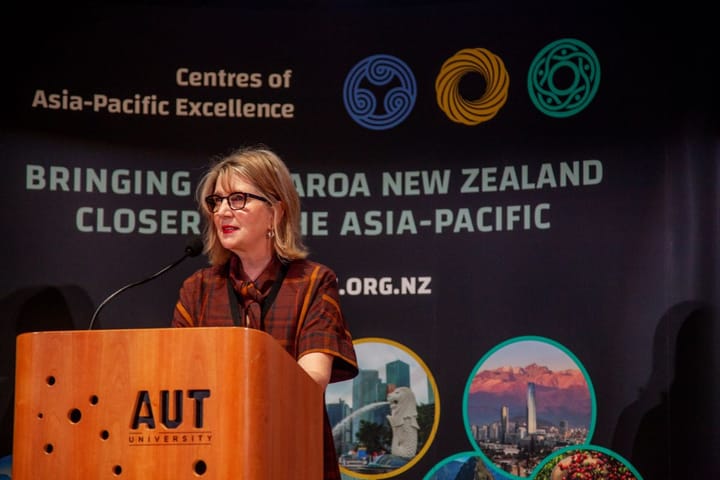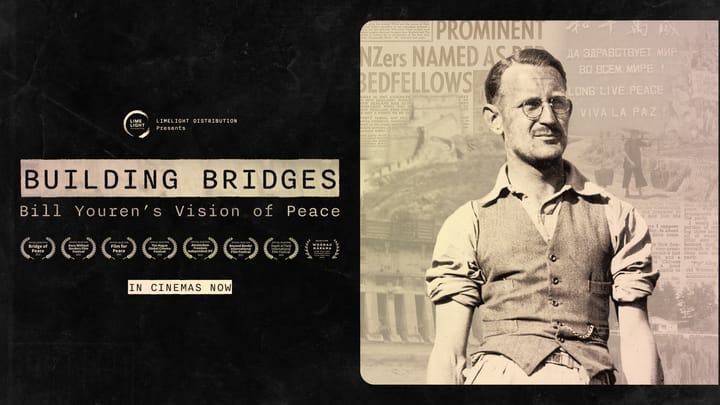Bringing Sun Gum Saan (New Gold Mountain) to the classroom
The history of Chinese goldminers is coming alive in classrooms thanks to teamwork between academics and members of Otago’s Chinese community who descended from the illustrious 19th century migrants.
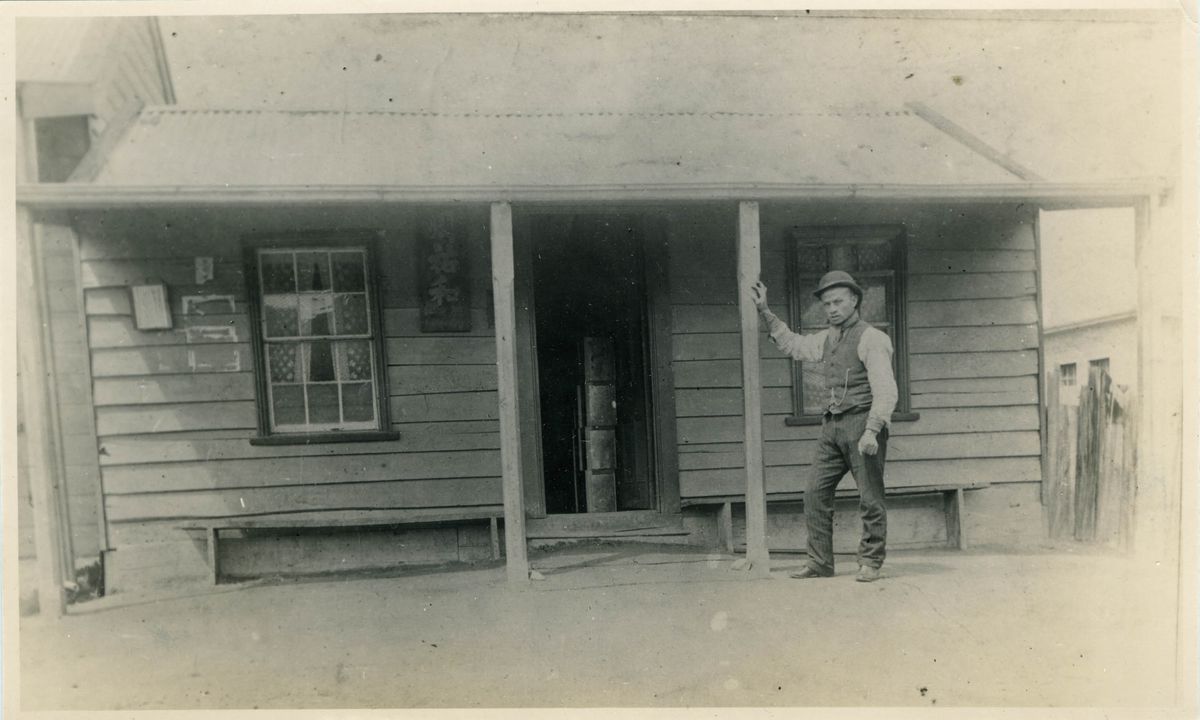
Early 1900s in Aotearoa New Zealand. A black and white photograph from the time shows an unusual scene: two old men – one Chinese, one European – with their arms around each other, clearly sharing a joke. In an age when portraits had a stiff formality, it’s a joyous moment that captures a different story of our migrant history, one of comradery and friendship.

The photograph of these two men, who worked closely together on translations between their native languages of Cantonese and English, was a delightful find for historian Associate Professor James Beattie, as he researched the material for the migrant stories lessons of the new Aotearoa New Zealand Histories Curriculum. The refreshed approach to teaching local history and social studies is being rolled out across schools and kura from 2023.
Keeping stories alive
“The story of the 19th century Chinese in Otago/Southland is the story of the Cantonese, an important group of migrants in New Zealand history whose history is little known outside the communities themselves,” says Beattie.
He has joined with a dedicated group of Otago Southland Chinese leaders, including the Chair of the Chinese Gardens Trust Malcolm Wong, working to change this lack of representation. Driven by a desire to tell the stories of their ancestors, who in Mr Wong’s case whakapapa back to 1896 in New Zealand, the group saw the new curriculum as an incredible opportunity.
It was opportunity, of course, that brought the first known Chinese migrants to New Zealand, when 12 men arrived from Victoria, Australia in 1866. Just three years later, over 2,000 Chinese had come to the land they would call the Sun Gum Saan or ‘New Gold Mountain’ (‘old’ Gum Saan being the gold fields of California). Immigration increased steadily year on year, peaking in 1881 with 4,995 men and just nine women recorded as living in the country.
“Because of the history of Chinese in Otago and the good standing they had, we thought it was important for those stories not to be lost,” says Mr Wong.
Panning for views, people and resources
Taking a thoroughly pragmatic approach to the challenges of developing a history curriculum for schools, Mr Wong attended a symposium for social studies teachers at the University of Otago.
“I asked the teachers ‘what would you require to teach these history modules, especially from a Chinese point of view?’ They all agreed the stories were important, but teachers are time poor and the last thing they want to be doing is trying to prepare new lessons at the kitchen table at 10pm at night,” recalls Mr Wong.
Having two daughters go through primary and secondary school in Dunedin, and a deep appreciation for the work of their teachers, Mr Wong wanted to ensure both staff and students were adequately resourced.
“I thought, let’s put our money where our mouth is,” says Mr Wong.
He and other local leaders formed a charitable company, Sun Gum Saan Ltd, of which Mr Wong is the chair.
Strong submissions were made by the New Zealand Chinese Association and the Royal Society to ensure the migrant stories were included in the new curriculum. The company was then formed, “to make sure our local story was part of the curriculum,” says Mr Wong. The company also received financial support from the Ministry of Ethnic Development, the Dunedin Office of the Ministry of Education and the Chinese Poll Tax Heritage Trust.
A strength of their model was the experience and mix of the team who worked on the project. Sun Gum Saan Ltd engaged Beattie, who has been researching historical relationships between New Zealand and China for over two decades. Brendan Seal, a historian and now educator at Toitū Otago Settlers Museum, also joined the team.
The pair set out to shape a series of lessons for children in Years 1 – 8 that span the history, culture and interactions of Chinese New Zealanders from the early gold miners through to their occupations and lives into the 21st century.
Trials in the field yield positive results
Launched during Chinese New Year in 2023, to date the lessons have been successfully trialled at Columba College in Dunedin and in the process of trialling at Lawrence Area School, the site of the largest gold mining settlement in Otago and home to many early Chinese settlers.
Despite the examples of friendships and working business relationships between Chinese and European settlers and local Māori, the lessons also cover the racial discrimination faced by the Chinese. A lamentable example was the Poll Tax, a £100 entry tax on Chinese migrants equivalent to over $20,000 in today’s currency. This kind of racial discrimination has a long tail and the effects of these attitudes remain present in our culture.
“Surveys by various groups show that amongst school children, those of Asian and especially Chinese background have not had a particularly high self-esteem or awareness of their own cultural history,” remarks Beattie. “One of the reasons cited was a sense of rootlessness. A feeling you didn’t belong here. So, those reasons alone tell us that teaching this curriculum is so important.”
As one of the descendants of ancestors forced to pay the Poll Tax, part of Mr Wong’s drive has been to have agency in the telling of migrant history.
“There was historical discrimination, yet the Chinese immigrants rose above it. They had the choice to do something to better themselves and this is what we wanted to emphasise as a community too. Our ancestors had a choice. This was a place that had positive aspects as well. There was an opportunity for their children and descendants to have a better life,” says Mr Wong.
Chow Tie (1847–1930) is one example in the new curriculum of a person who sought a better life in Otago. Tie married a local Scottish barmaid Grace Kerr and was not only a respected butcher in Lawrence, but also regularly won the local dog trials.
“Sources like that tell a different story of inter-racial relations,” says Beattie. “They are human stories of people who make community and engage with others around the country.”
Academics, teachers and community working together
Beattie's recipe for success for those wishing to emulate this successful project? Team a trained historian with a trained educator and work alongside a board or social enterprise group really committed to telling the stories of their ancestors. “That’s how you do it right and do it properly,” says Beattie.
Mr Wong has been particularly touched by the enthusiasm with which the teachers and students have embraced the teaching of Chinese history in schools. He describes the positive feedback and support from the community as “humbling”.
“It’s a continuing journey and we’re just getting started,” adds Mr Wong.
From here, the team has a clear vision for Sun Gum Saan Ltd: they want schools to embrace the project, with a website for their curriculum in the works and plans to expand the lessons to Years 9 – 10. With feedback received so far from the school trials being overwhelming positive, Mr Wong and the team have helped create a future for the stories of our shared past.
“We have a clear mandate for what we’re doing,” says Mr Wong “and we know we’re heading in the right direction.”
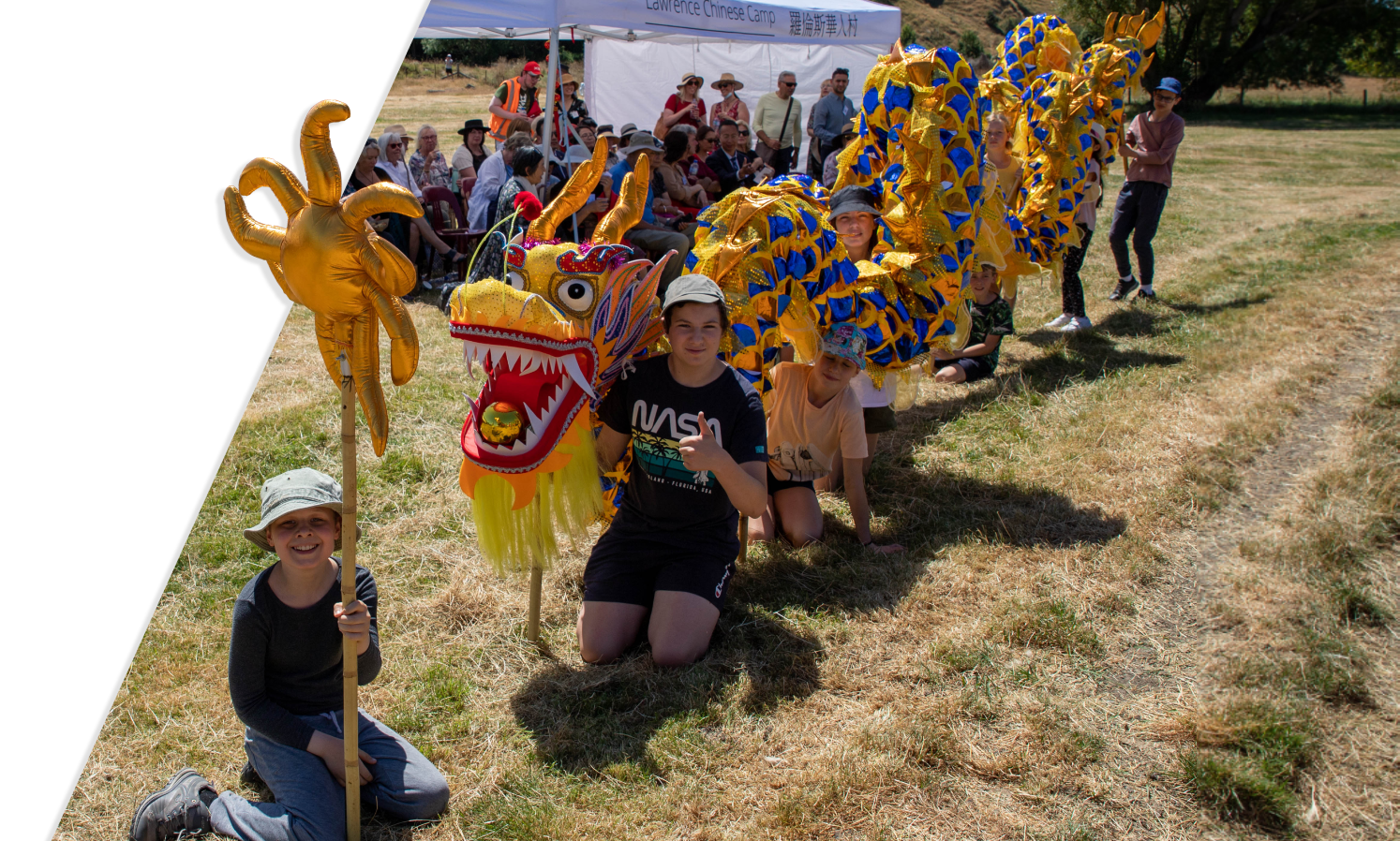
Find out more at the Sun Gum Saan website
Thanks for reading! We'd love to hear from you!
* Quotes in this article may have been edited for clarity and brevity. The views expressed in this article do not necessarily represent the views of the Centres of Asia-Pacific Excellence.


